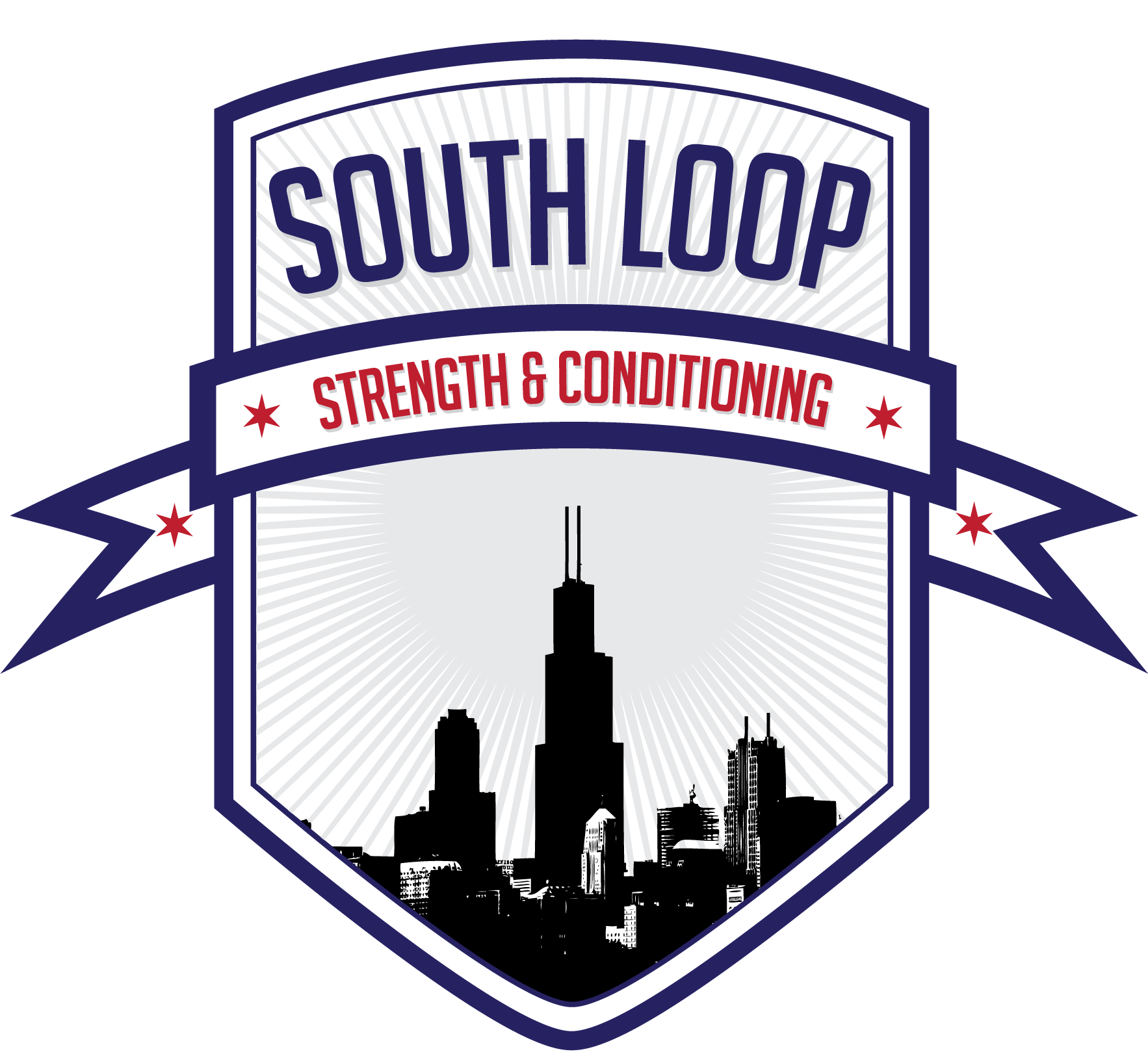We train a lot of different people at South Loop Strength & Conditioning. People with different goals, different training ages, different injury histories, different movement patterns, different genders, different schedules, and more. Each of these pieces will affect what will be an "ideal" program for an individual.
So the grand answer, as Stuart McGill has made famous is: "It depends."
That said, there are many over-arching principals on which you can base your exercise program.
Step 1: Assessment of Goals
What do you want to get out of training?
-Do you want to lose fat and gain muscle?
-Improve your energy levels and focus throughout the day?
-Correct some scary numbers on a blood panel?
-Feel comfortable taking your shirt off at the beach?
-Improve performance in a specific sport (rugby, baseball, football, soccer, etc.)?
-Compete in fitness (CrossFit Games or otherwise)?
-Compete in bodybuilding or figure?
-Get in touch with your inner athlete that you left behind when you graduated college?
Each of these is equally valid. However, while there are certain similarities between these paths, the desired end result will dictate the training plan.
Similarly, you must also recognize why you're pursuing your goal (the importance of this will become clear later). What are your top values and how does exercise fit into them?
-Do you want to improve energy levels – so you can focus during the "3pm lull' and stay productive at your job throughout the day?
-Do you want to improve strength and mobility – so you feel like you'll be able to play with your kids for years to come?
-Do you want to lose fat and gain muscle – since wedding season is coming up and you'll be seeing a lot of folks who you haven't seen in awhile?
-Do you want to compete and win – since you used to be a high-performing athlete and you miss the fulfillment that comes from finding your maximum physical potential?
Again, each of these is equally valid. Knowing the "why" of your training will guide you when looking at choosing foods, choosing training frequency & volume, and, most importantly, it will help you when the initial rush of motivation wears off.
Step 2: Assessment of Training History
Did you do track in high school and college – then screw around with some programs from magazines on your own for a few years after school?
Have you had a few different personal trainers over the years – and also dabbled in some bootcamps, spin classes and yoga?
Have you never touched a barbell in your life?
Each of these scenarios may change where you want to jump into the "training pool." Novice trainees progress at rates different than advanced trainees, based simply on the nervous system learning how to move under load. They will often need to spend significant time working on developing motor control in fundamental movement patterns – as well as differentiating between movement strategies used for training (deadlifting heavy) and movement strategies used in every day life (picking up your dropped keys from the floor).
Advanced trainees require more complex stressors to create adaptation. They also often also have structural imbalances and clear weaknesses in certain movement patterns and energy systems. Depending on their goals, correcting – or at least mitigating – these weaknesses will often be a top priority. For these athletes, digging into some detailed testing of strength and energy systems, especially relative to any competitive goals they may have, is essential. This enables the coach to pinpoint any weaknesses they have relative to where they want to be.
Step 3: Movement Screening
When designing a training program, we generally believe in prioritizing functional movements (to borrow CrossFit's definition: movements that have the ability to move large loads long distances quickly – think squats, deadlifts, pull-ups and cleans – rather than lateral raises, calf raises, and hip adductions). Now, this is not to say that there's no place for isolation work in a training program, particularly for those with aesthetic goals or certain movement patterns that need some help.
When performing these full-body, multi-joint functional movements, though, we need to also be aware of how the body is accomplishing the work requested of it. As almost anyone who has ever tried to squat before, it's not enough for most folks (over the age of five) to simply drop down into a perfect squat.
There can be all kinds of issues potentially limiting someone from performing a movement "properly":
-Do you have adequate mobility in all the required joints?
For a squat, for example: dorsiflexion at the ankle, flexion and external rotation at the hip, flexion at the knee
-Do you have the required stability to complete the pattern?
-In the squat, someone may demonstrate adequate mobility, but still fall over backwards if they don't know how to stabilize properly
-Do you use an appropriate stabilization strategy?
-Someone may be able to perform a squat that looks technically and biomechanically correct, but they may be using non-optimal neuromuscular strategies to complete the movement. Is the spine stabilized through intra-abdominal pressure and compression of the diaphragm or through hip flexor tone? Is the stabilization of the spine appropriate relative to the load? An unloaded squat and a back squat with five wheels certainly require different levels of tone in the spinal erectors.
-Does the movement cause pain?
Pain is entirely different issue. Whether or not the movement "looks good," if there is pain involved, we as fitness professionals need to "punt" to medical professionals. Maybe it's just a little stiffness that will go away as you warm up. Maybe it's a chronic overuse injury from years of poor patterning. Or maybe it's a tumor. We can work to improve movement efficiency, but painful patterns must be evaluated by someone with proper licensing and credentials.
We use the FMS (functional movement screen) as a top-tier model for screening. With this screen, we can see if anything is way off course and discover any potentially painful patterns.
If we find something amiss here, we can either adjust training protocols to correct the issue and avoid exacerbating it, and also refer out to proper professionals for painful conditions. If you can't touch your toes, we don't want you deadlifting heavy. We can and should work the hip hinge, but we want to establish proper movement patterns before loading them significantly.
The FMS, however, doesn't necessarily dictate what we do with the results. With someone who can't lunge, we can begin to ask the above questions (Do you have adequate mobility? Do you have adequate stability? What strategy does your brain use to complete the movement?) – and, based upon these answers, we can develop corrective strategies.
The protocols that we use will come from a variety of sources (FMS – Functional Movement Systems, DNS – Dynamic Neuromuscular Stabilization, PRI – Postural Restoration Institute, MobilityWOD, and general strength coach experience and know-how), and we can also recommend massage therapists, chiropractors, and physical therapists who are skilled at resolving movement issues.
In terms of training, we will want to, in Charlie Weingroff's words, regress and lateralize the problematic movements. In the example of a faulty lunge, we will still want to work on patterns involving single-leg stability and strength, and we will still want to develop strength through the legs and hips.
So, in our hypothetical example, let's say Bob has demonstrated a significantly compromised lunge pattern, but is a master of the hip hinge. Through further evaluation, we've determined that Bob is missing range of motion in his ankle as well as stability through his hips.
If the program calls for heavy front rack lunges, this is not going to be a good option for Bob. However, can he work on single-leg step-ups to a box with proper breathing to find some hip stability? Can he throw in some band distracted ankle mobility drills between his sets here? Absolutely.
If we're trying to get Bob strong through the legs and hips, do you think we can have him deadlift heavy instead of lunge? Given that his hinging pattern is good, I think we can certainly make that switch.
And, for conditioning, do you think we can sub out dumbbell walking lunges for some Russian kettlebell swings? Sounds good to me.
Synthesizing the information
So, armed with our assessments, we can come up with a plan for each trainee.
Now, with our movement screens, goals questionnaires, and training history, we can start to come up with a program that suits each person.
However, the missing piece here is the accountability aspect. While some folks are wired to train on their own, others thrive on the fun and social aspect of group training. Depending on where someone sits here, they can decide if they want to pursue group classes or if they want to pursue individualized program design and personal training.
Note that once initial assessments are complete, they must be constantly revisited. Goals change. Strengths and weaknesses change. Movement strategies change. Some programs work, others don't. The only way to progress here is to revisit these concepts regularly.
Sample beginner program
The training program below is a GPP (general physical preparedness) program that is appropriate for someone with a clean movement screen (no painful patterns, no major restrictions or asymmetries) and a low training age.
This program will progress strength and conditioning over 6 weeks, and will likely result in improved body composition and aesthetics as well.
This is a baseline program that can be used to develop the baseline strength, conditioning and movement efficiency required for more advanced programs – whether those programs are sport specific, aesthetic specific, or more complex GPP programs.
To get your five week program, click here to download.

